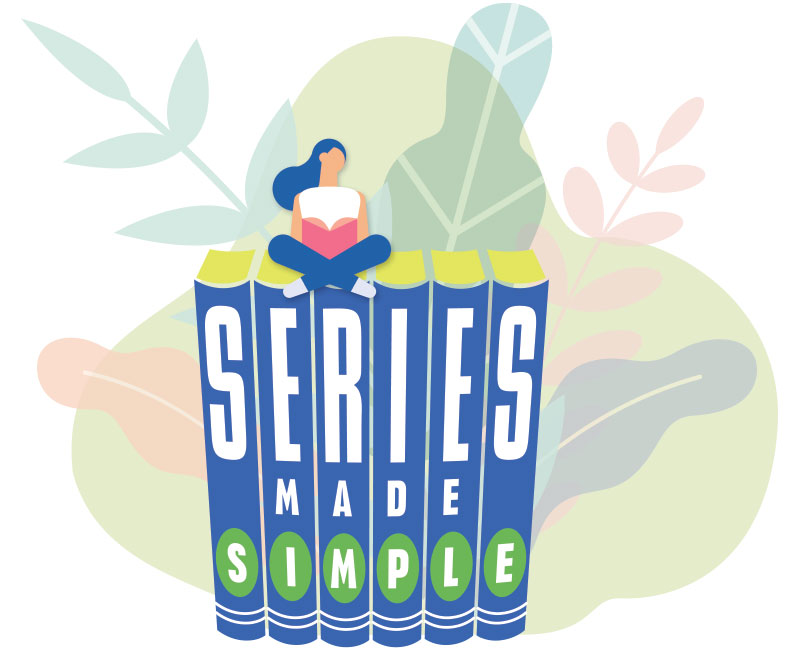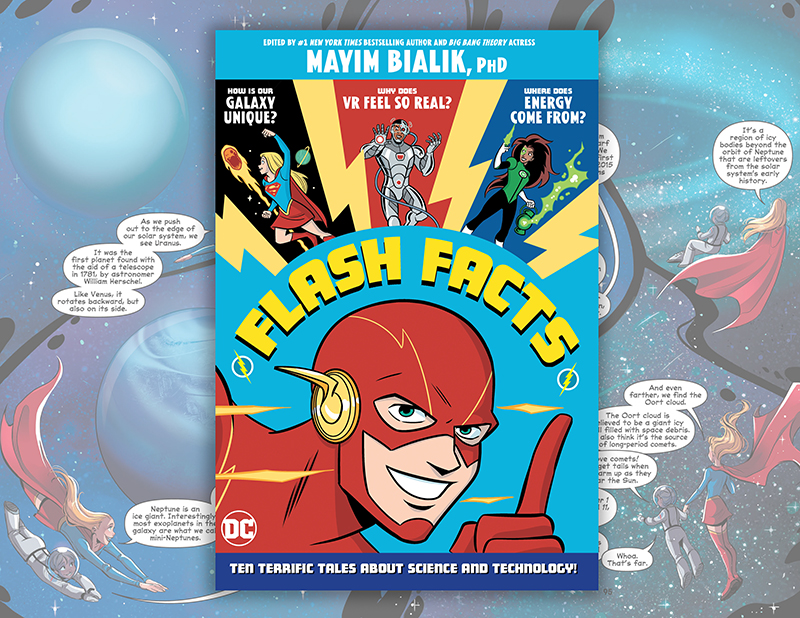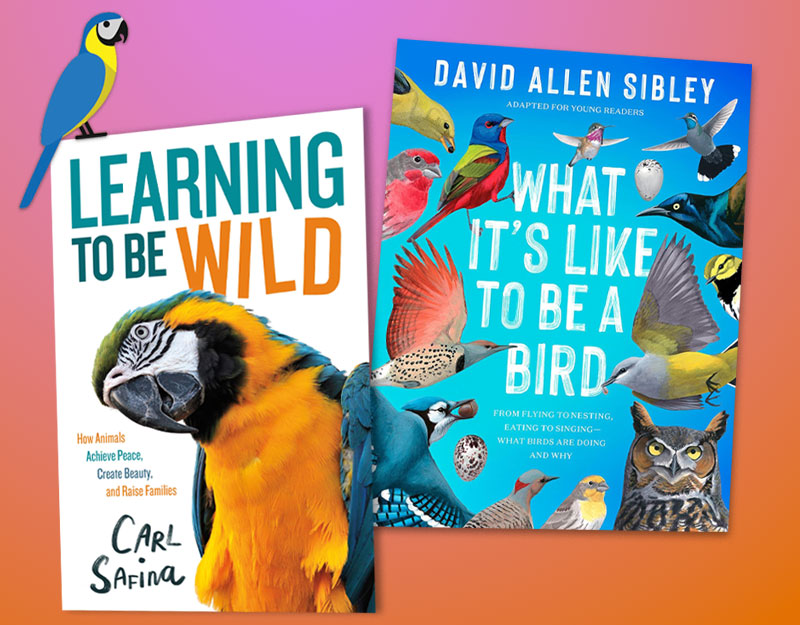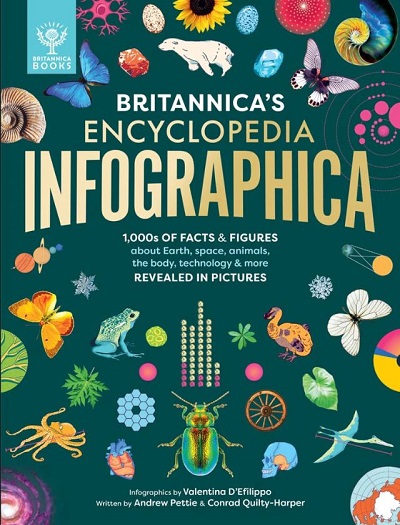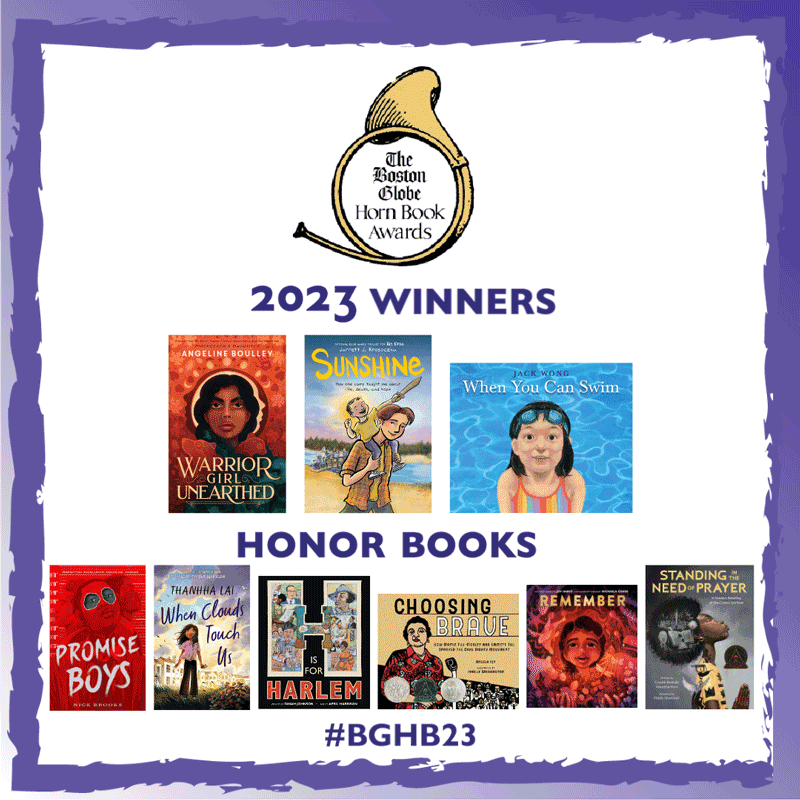Wonder, Words, and Wisdom: Teaching with the Works of Kwame Alexander
“A poem is a small but powerful thing. It has the power to reach inside of you, to ignite something in you, and to change you in ways you never imagined. There is a feeling of connection and communion — with the author and the subject — when we read a poem that articulates our deepest feelings.” – Kwame Alexander, 2017, Out of Wonder
Introduction

It is the power of the poem that we turn our attention to this week. In particular, we highlight Kwame Alexander’s powerful and prodigious body of work. A poet whose mastery of verse form and rhythm has allowed him to deftly weave action with emotion, figurative language with concise control, he has won the Newbery Award, been shortlisted for the Carnegie Medal, been a National Book Award finalist, and won a Coretta Scott King Author Honor Award, among other prestigious honors. And despite these literary accolades, he remains committed to his prime reason for writing: to use words to reach out to the child or adolescent reader. As he explained in an interview for Reading Rockets, “I’ve tried to make my poems and my prose, which are very personal, I’ve tried to make it your business, and I believe that’s so important, especially when we talk about getting young people engaged with reading.” With his latest work, How to Read a Book, it is clear that he believes that not just poems, but words themselves, are small, but powerful things.
ADVERTISEMENT
ADVERTISEMENT
Today, we had the pleasure of sharing our work with our colleagues across New England at the 30th Annual Literacy for All Conference. Extending the beauty and power of keynote speaker Kwame Alexander’s work, we invited middle school teachers to explore Alexander’s work with us in a curricular context. Specifically emphasizing the potential for meaningful, integrated learning, we centered Kwame Alexander’s work through thematic text sets on Tween and Teen Athletes and Identities, Poetry as History, and Poetry as Genre. Below, we share some of the teaching ideas and invitations we explored at the conference, featuring five of Kwame Alexander’s most celebrated works.
Tween and Teen Athletes and Identities: The Crossover, Booked, and Rebound
Note: Some of the following teaching ideas were originally published in our entries on The Crossover (2015), Booked (2016) and Rebound (2018).

Kwame Alexander’s sports-themed verse-novels offer myriad possibilities for supporting tweens and teens to understand their own evolving identities, relationships in their lives, and the power of poetry.
Exploring the Sounds, Structures, and Language of Poetry. Each of the narrators, uses the sounds, structures, and language of poetry to tell more of his story. Analyze with students the sounds of select poems including the use of rhyme and rhythm to mirror the feeling of a basketball being dribbled down court or a soccer ball soaring down a pitch. What are the narrators’ inspirations for the sounds of their poems from both sports and from music? Analyze the structures used including white space, length of stanzas, line breaks, use of italics, bold words, and capitalization. Finally, support students to find particular language choices that grab their attention.
Genre Mixing: Text, Letter, Conversation, and Found Poetry. The poems in all three books expand our ideas of where poetry hides–in conversations with family members and friends, in text messages, in letters, and in pages of other books. Have students locate poems that expand our sense of where poetry hides. Have students mine their own writing journals, emails, texts, and social media posts as potential sites for poetry. Next, encourage students to look for “found poetry” in newspapers, magazines, and classroom books by finding words, sentences, and topics that can be remixed into poems of their own.
Definition Poetry and Footnotes. Kwame Alexander plays with traditional academic conventions like dictionary entries and footnotes and uses them in his poetry as a way to invite readers to the wonderful world of language. As traditionally academic terms are introduced in The Crossover, Josh co-opts these words and writes poems that define them his own way including poems titled crossover, calamity, patellatendinitis, ironic, pulchritudinous, and hypertension. In Booked, Alexander uses footnotes to define words that Nick has to read and memorize from his dad’s copy of Weird and Wonderful Words. In addition to a traditional dictionary entry that includes the pronunciation, part of speech, and definition of the word, Nick’s footnotes also include his inner thoughts on the words. Engage students in a discussion of how dictionary entries and footnotes add another layer to each story by giving readers something new and unexpected. Support students to be their own wordsmiths by selecting traditionally academic words and writing their own “definition poetry” or by incorporating footnotes into their poetry using the poems from The Crossover and Booked as mentor texts.

Exploring Poetry as History: The Undefeated
Originally written in 2008 to mark the occasions of the birth of his second daughter, Samayah, and the election of President Barack Obama, the poem that comprises the text of The Undefeated, Kwame Alexander’s latest picture book has been described as a love letter to Black America (book jacket). Illuminated by award-winning illustrator Kadir Nelson’s moving images, this deeply-affecting book offers a powerful portrait of the Black experience in America.
Assumed Prior Knowledge. The Undefeated is a relatively sparse poem that still covers the expanse of America’s political, social, and cultural history. Copy the text of the poem into a document you project, and read the poem aloud. Ask your students what they think it’s about. Why? Ask them to consider what prior knowledge Kwame Alexander assumes his readers have. What clues does he drop for his readers? For example, they likely recognize the phrase “Black Lives Matter,” but they may not recognize the phrase “We Real Cool” from the poem by Gwendolyn Brooks of the same name. Have students explore the picture book in small groups, and have them consider what the back matter explains.
The Subjects of The Undefeated. While some of the people featured in The Undefeated will feel familiar to students, others will not. Curate a collection of digital and print resources to provide more information about the historical and contemporary figures referenced by Kwame Alexander and Kadir Nelson. You might also choose to gather a collection of picture book biographies featuring these subjects – there are many excellent titles available. Search our blog and consult with your local school or public librarian. As students learn more about each subject ask them to consider how their lives exemplify the descriptor(s) that Kwame has chosen for them. As an extension, invite students to draft free verse poems celebrating the perseverance and accomplishments of these individuals.
The Unspeakable. In an interview with NPR, Kadir Nelson describes the blank page that follows the lines “The ones who survived America/ by any means necessary./ And the ones who didn’t.” as a “moment of silence”. Later in the book, Kwame Alexander repeats three times the line: “This is for the unspeakable” as Kadir’s images depict across time: slave ships, the four young black girls who were killed in the 16th Street Baptist Church bombing in Alabama, and four contemporary black youth who were victims of police brutality. Discuss these artistic choices with your students. How can art (visual and written language) enable us to bear witness to trauma inflicted by and on human beings? How do Kwame and Kadir bring us through sadness and outrage, yet leave us in a place of hope?
The Black Experience: Poetry as a Timeline. The Undefeated offers a clear invitation to explore the less frequently told history of Black / African American contributions, activism, and experiences. Consider how you can engage your students with this history across the school year as an integral part of your curriculum. The 1619 Project can serve as a resource as can the collection of digital resources in our Classroom Bookshelf entry for Kadir Nelson’s Heart and Soul: The Story of America and African Americans.
Resources on the Making of The Undefeated:
ESPN The Undefeated: This one is for us
NPR: This is for ‘The Undefeated’: A New Picture Book Celebrates Black Brilliance
National Gallery of Art: The Undefeated
WNYC: Author Kwame Alexander Wants to Help Young People Imagine a Better World
WPR: A Look At The Power, Actions Of Black Americans Through Poetry
Exploring Poetry as a Genre: Out of Wonder (with Chris Colderly and Marjory Wentworth)
Note: The following teaching ideas were originally published in our entry on Out of Wonder (2017).

ADVERTISEMENT
ADVERTISEMENT
In the Preface to Out of Wonder, Kwame Alexander writes that “by reading other poets we can discover our own wonder” (unpaged). Out of Wonder itself is a love song to favorite poems and poets, and each poem in the collection was written to model either the style or the content of an honored poet’s work, or as an overall tribute to that poet.
Mentor Poems and Poets. In Poetry: A Writer’s Guide and Anthology (2018), Amorak Huey and W. Todd Kaneko state that understanding a poem happens on three levels: Do I like it? What does it mean? How has meaning been built?” (pp.136-137). Once you have explored the Out of Wonder collection with your class, have students identify their favorite poem. Place students in pairs, trios, or groups based on those choices. Have students discuss what made the poem their favorite, what they think the poem means, and why. Next, have them read through other poems written by the poet upon whose work the new poem is based. Next, support students to write their own poems modelled on the poet’s work, just like those published in Out of Wonder. To provide tween and teen mentor texts of this work, share the Poet to Poet Project of the Academy of American Poets, which provides samples of student poems modelled on those of published poets. Have students illustrate their original poems after exploring the collages created by Ekua Holmes for Out of Wonder.
Click on this link to find links to the works of poets honored in Out of Wonder.
Poetry of Place. Many poets are famous for writing about a particular place, such as Mary Oliver’s beloved Cape Cod, the Harlem of Langston Hughes’s work, Wendell Berry’s Kentucky, or the Middle East of Naomi Shihab Nye’s poetry. Read some of these poets’ poems to your students and consider the role that place has within them. Next, think about what is or what might be the poetry of your place? Invite a local poet in to talk about his or her work. To find a local poet, see the National Federation of State Poetry Societies list. If your state isn’t a part of the federation, seek out assistance from your school or public librarian, or local bookstore owner. Have your students consider their favorite places. Close to home? Far away? A former home far away? Have students brainstorm some of their favorite places: their room, the front stoop, the swing in the corner of the playground, the balcony of their grandparents’ apartment. Next, go for a walk around the neighborhood in which your school is set, or the school property itself if you are in a more rural area. Have students do some freewriting along the way. Have them do the same at home, and then come to school ready to revise one of the free writes into a poem about a place. This step-by-step guide on place-based poetry from the National Writing Project might help. Publish students’ work in a class anthology, complete with photographs or artwork depicting their favorite places.
Poetry in Motion. Fill the hallways of your school with poetry! Perhaps you live in a city that is part of the Poetry in Motion project. Perhaps you don’t. Have students search the Poetry in Motion website to discover the range of poems that have been featured in cities across the country. To help students understand the project, particularly those in more suburban and rural areas, play this short video of Billy Collins reading his poem “Grand Central Station.” The video shows the train station while he reads the poem, and then concludes with a picture of the Poetry in Motion poster of the poem. Once students have a sense of the project, have them create their own Poetry in Motion posters, using either their favorite published poems, or their favorite original poems. Line the hallways of your school with them. Line the hallways of your town or city hall, stores and businesses, and/or local library, too!
Filed under: Announcements, Poetry, Poetry Picture Books, Verse Novels
About Mary Ann Cappiello
Mary Ann is a professor of language and literacy at Lesley University. A former public school language arts and humanities teacher, she is a passionate advocate for and commentator on children’s books. Mary Ann is the co-author of Teaching with Text Sets (2013) and Teaching to Complexity (2015) and Text Sets in Action: Pathways Through Content Area Literacy (Stenhouse, 2021). She has been a guest on public radio and a consultant to public television. From 2015-2018, Mary Ann was a member of the National Council of Teachers of English's Orbis Pictus Award for Outstanding Nonfiction (K-8) Committee, serving two years as chair.
ADVERTISEMENT
ADVERTISEMENT
SLJ Blog Network
Name That LEGO Book Cover! (#53)
Cover Reveal and Q&A: The One and Only Googoosh with Azadeh Westergaard
K is in Trouble | Review
Fighting Public School Book Bans with the Civil Rights Act
ADVERTISEMENT



